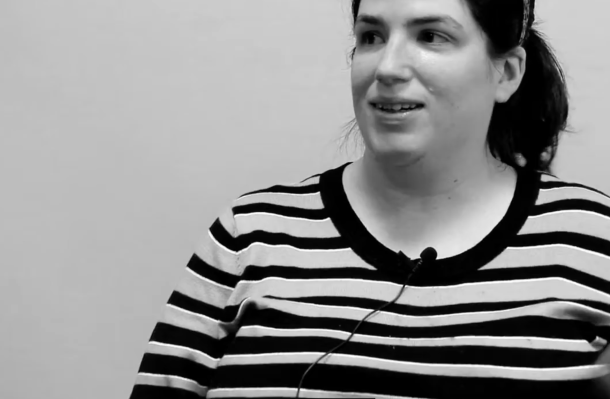What is I/DD?
I/DDs are usually diagnosed in childhood. They can affect someone's personal, social, academic, or occupational abilities, meaning a person with I/DD may need support in one or more areas. Types of I/DD include:
- Intellectual Developmental Disorder (Intellectual Disability)
- Communication Disorders
- Autism Spectrum Disorder
- Motor Disorders
- Specific Learning Disorder
- Other Neurodevelopmental Disorders
- e.g. Cerebral Palsy or Down Syndrome
Person-First Language
Putting the person first and, if needed, the disability second, is a great way to show respect for people. So “person with a disability” is preferrable to “disabled person.” Some people may prefer identity-first language such as “autistic person” instead of “person with autism.”

Assume Competence
A strength-based approach suggests you assume competence and adjust or adapt your approach, vocabulary, tone, and intervention as you become aware of ability levels.
INSTEAD OF…
CONSIDER USING… | |
| Handicapped or disabled person | Person with a disability |
| Wheelchair bound | A wheelchair user |
| Deformed | Has a physical disability |
| Nonverbal | Does not use words to communicate |
| High/low functioning | Person who needs more/less support |
| Normal or typical | Neurotypical |
| Mentally ill person | Person with mental illness |
| Suffer from | Person with |
Human rights
People with disabilities have the same rights as everyone else. Even if someone doesn't use words to communicate, they still have the right to make choices and pursue their interests. Find out how YAI staff support Thais at home and around her neighborhood.


